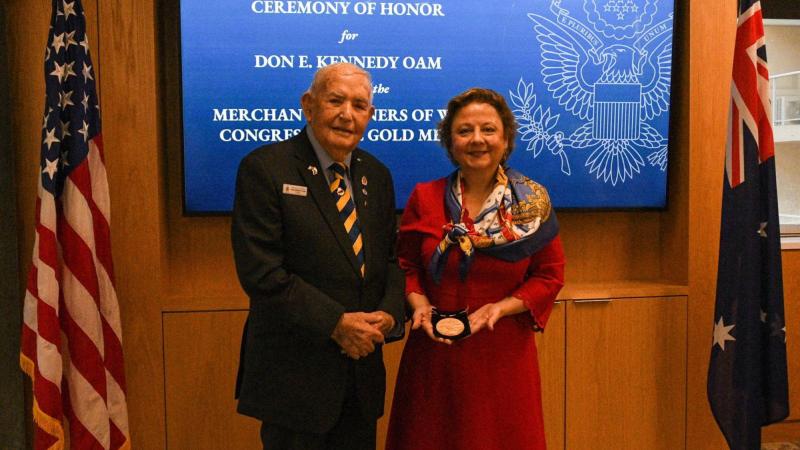Approximately one child is killed by a parent in Australia each fortnight, according to a damning national report into filicide released today (Wednesday 6 February 2019) by the Australian Government’s Institute of Criminology.
The 12-year study was carried out by the Monash University and Deakin University Filicide Research Hub in collaboration with the Australian Institute of Criminology. This is the first report to give reliable data on the incidence of filicide in Australia.
The report found that between 2000–01 and 2011–12, there were 238 incidents of filicide identified in the National Homicide Monitoring Program, which involved 284 victims and 260 offenders. Filicides accounted for 18% of domestic homicide incidents (n=1356) and 7% of all homicide incidents (n=3296) within the same time period.
The largest number of filicide incidents was recorded in New South Wales (n=72; 30%), followed by Queensland (n=65; 27%) and Victoria (n=47; 20%). The lowest number of filicide incidents was recorded in the Australian Capital Territory (n=2; 1%) and Tasmania (n=2; 1%).
The proportions of filicides to domestic homicides were similar in most jurisdictions, except Queensland where the proportion of filicides was higher (27% compared to 23%) and the Northern Territory where the proportion of domestic homicide was higher (7% compared to 2%).
More than three-quarters of filicide victims were killed by a custodial parent (n=215; 76%), of which just under one-third were mothers. Fourteen percent of filicide victims (n=41) were killed by a step-parent and 10% (n=28) by a non-custodial parent. All step-parent offenders were fathers, as were all but one of the non-custodial parent offenders.
There was no apparent motive for the majority of incidents. But when a motive was known, 66% of filicide incidents were motivated by a domestic argument. Of those cases, 25% were related to the upbringing of the child/children and 18% were related to custodial arrangements.
Male victims of filicide were more likely to be aged between one and nine years (57%; n=90), while female victims were more likely to be aged less than one year (35%; n=43) or between 10 and 14 years (14%; n=18).
“Our report found that the main perpetrators in Australia were fathers, mothers and step-fathers, as well as parents and step-parents acting in unison,” Lead Researcher and Emeritus Professor Thea Brown from Monash University’s Department of Social Work said.
“The major risk factors for children are age – the youngest children are the most vulnerable, especially from step-fathers – and gender – boys are more commonly killed than girls, especially by fathers and mothers.
“Many of the perpetrators were found to have suffered from a mental illness (especially among young mothers), domestic violence (inflicted by fathers and step-fathers), parental separation, past child abuse, substance abuse and previous criminal history.”
Cause of death was recorded for 95 percent of victims. Of those, 24% of filicide victims died from a beating. Strangulation or suffocation was the next most common cause of death at 14%, followed by stab wounds and drowning at 10%.
Emeritus Professor Brown said by intervening early and effectively, the risk of harm to a child can be reduced, parent and family wellbeing can be improved, and the risk of child maltreatment and filicide can drop substantially.
“Mental health services, general health services, Family Law Courts, criminal justice services, post-separation services and domestic violence services should consider adopting interventions that incorporate greater consideration for the safety of the children of their clientele,” Emeritus Professor Brown said.
“Taking a coordinated, long-term support approach with the much larger number of families in the broader ‘serious harm’ and ‘at risk’ populations will require significantly increased investment if risk is to be reduced for these families and, concomitantly, the event of filicide.
“It also requires further investment by adult-focused mental health, substance abuse rehabilitation and domestic violence services on their clients as parents, and a focus on the children of their clients.”
Study authors were: Emeritus Professor Thea Brown and Dr Paula Fernandez Arias (Monash University); Dr Danielle Tyson and Dr Adam Tomison (Deakin University); Samantha Lyneham and Dr Samantha Bricknell (Australian Institute of Criminology); and Willow Bryant (National Homicide Monitoring Program).








